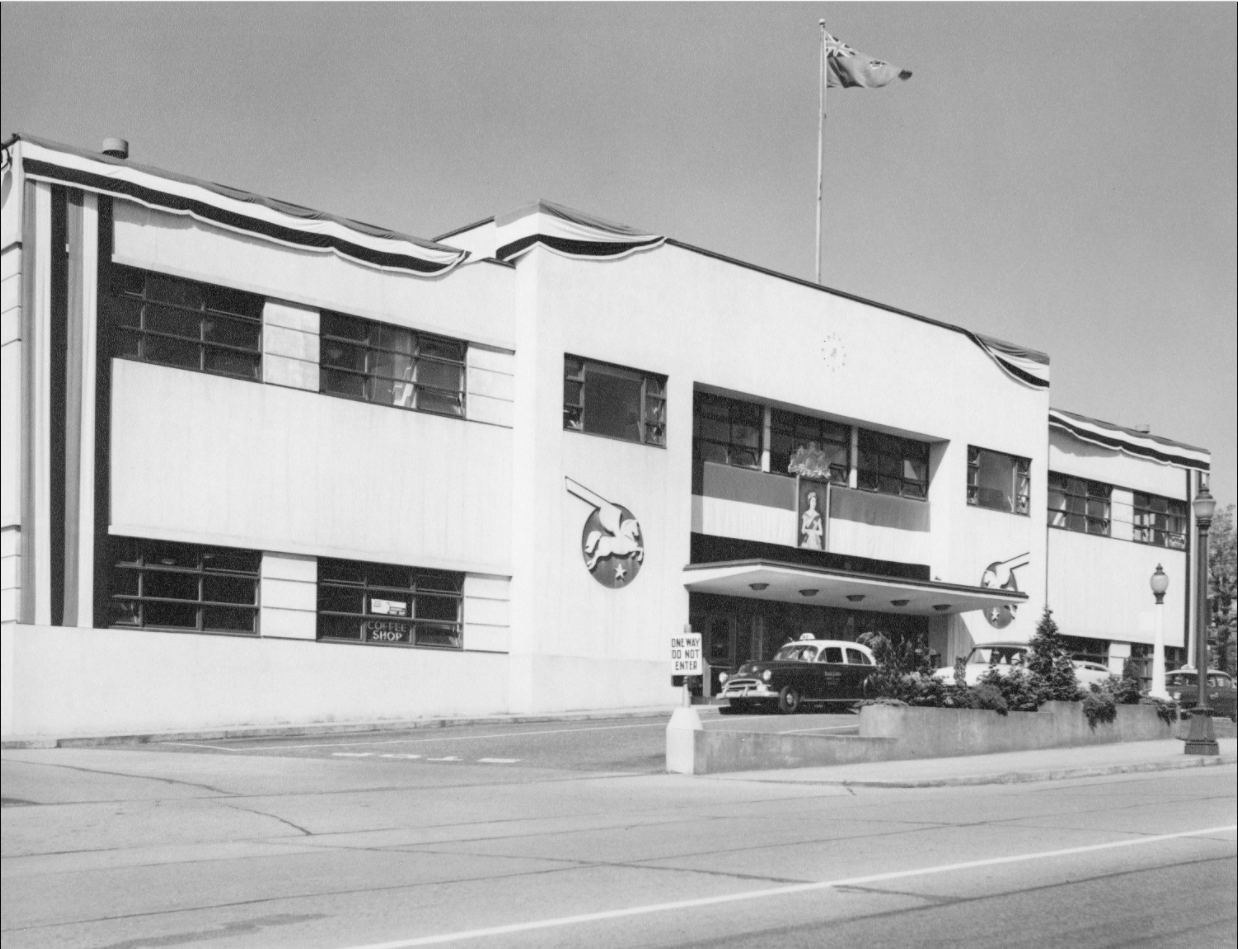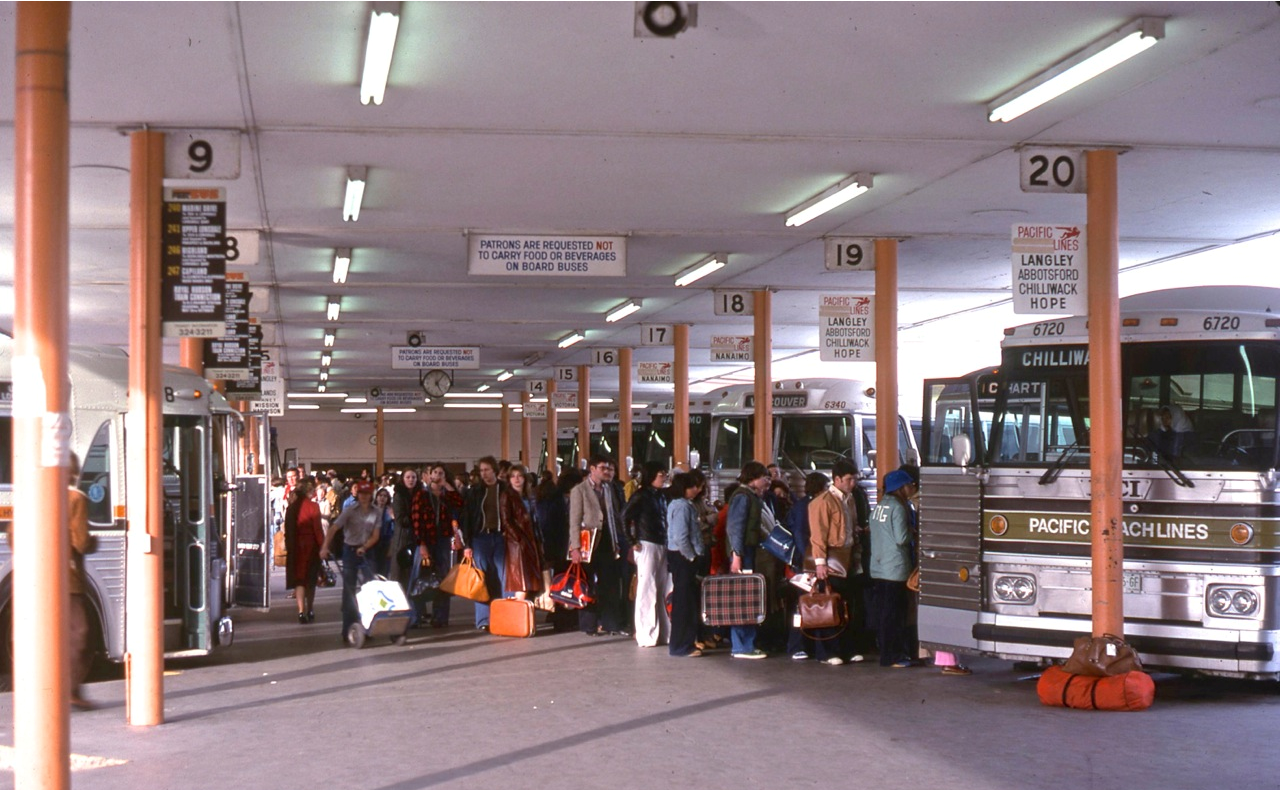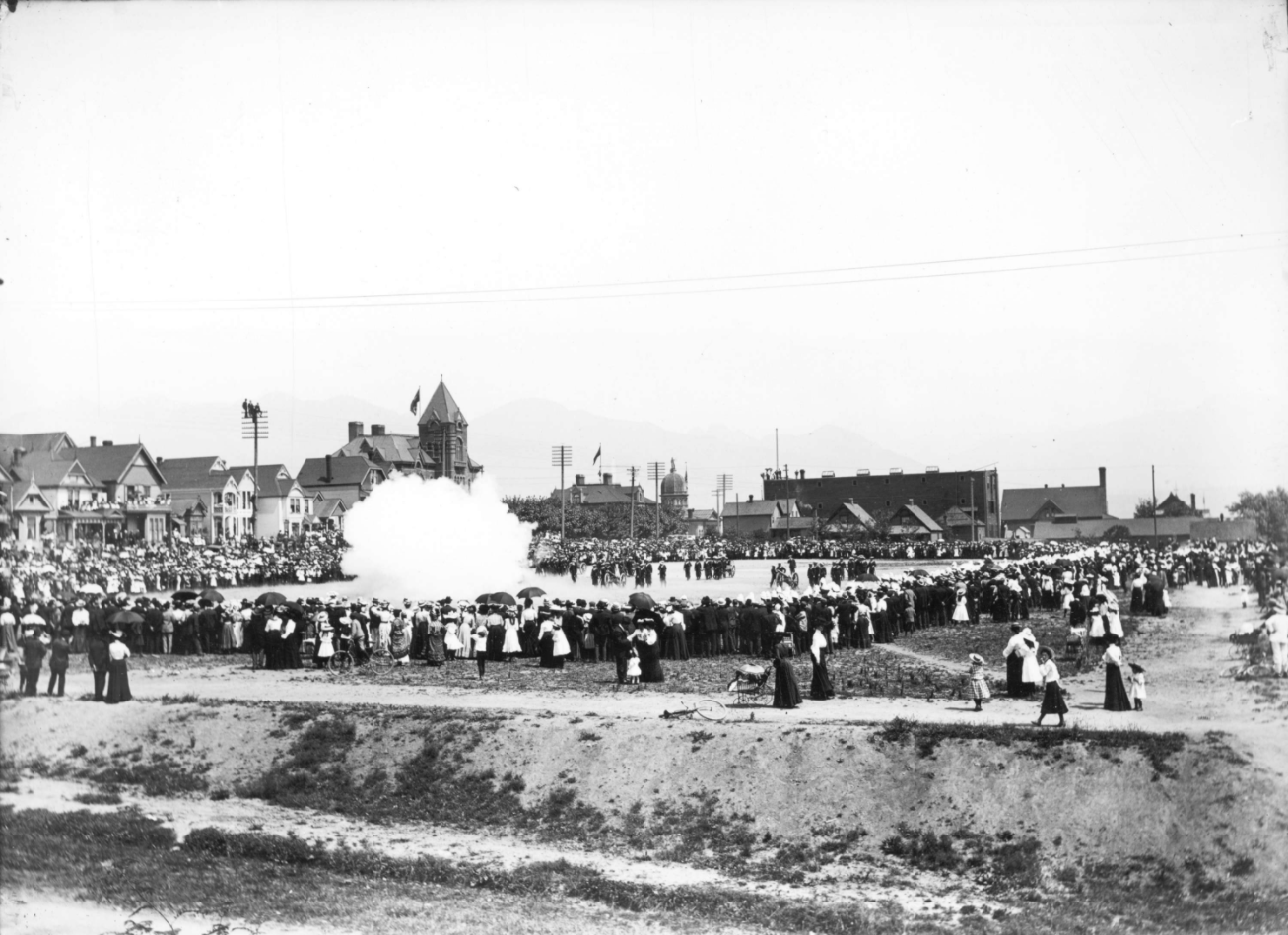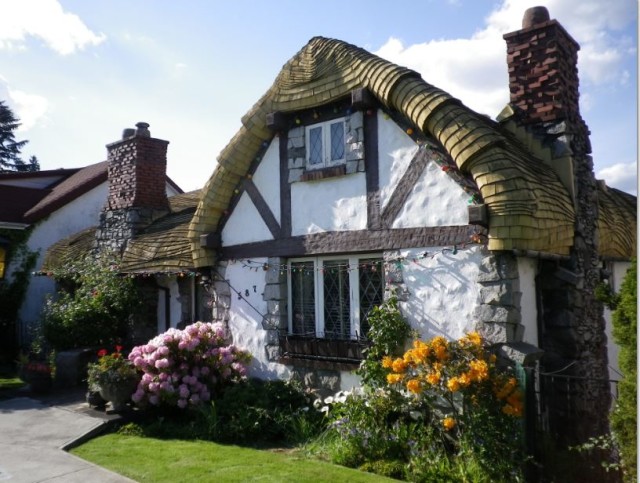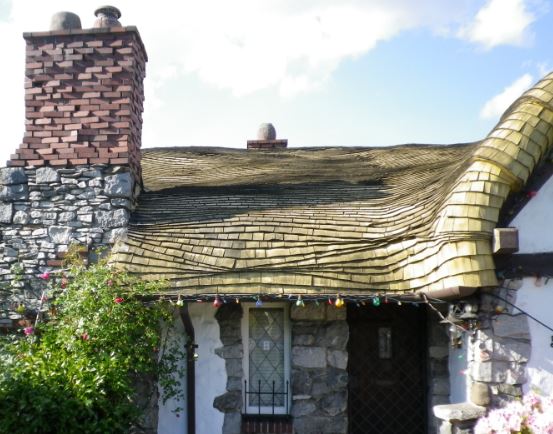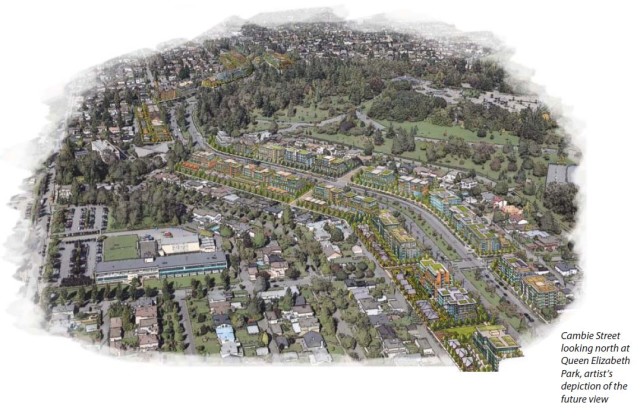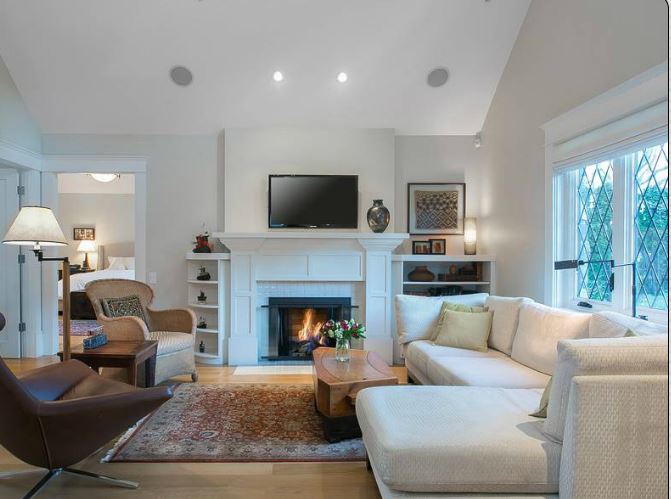Do you remember the fountain at Lonsdale Quay? It had sails on top of a tiled base of green and blue swirls and whales and octopus and starfish. When my kids were small it was the best part of a visit next to ice cream and the ball room.
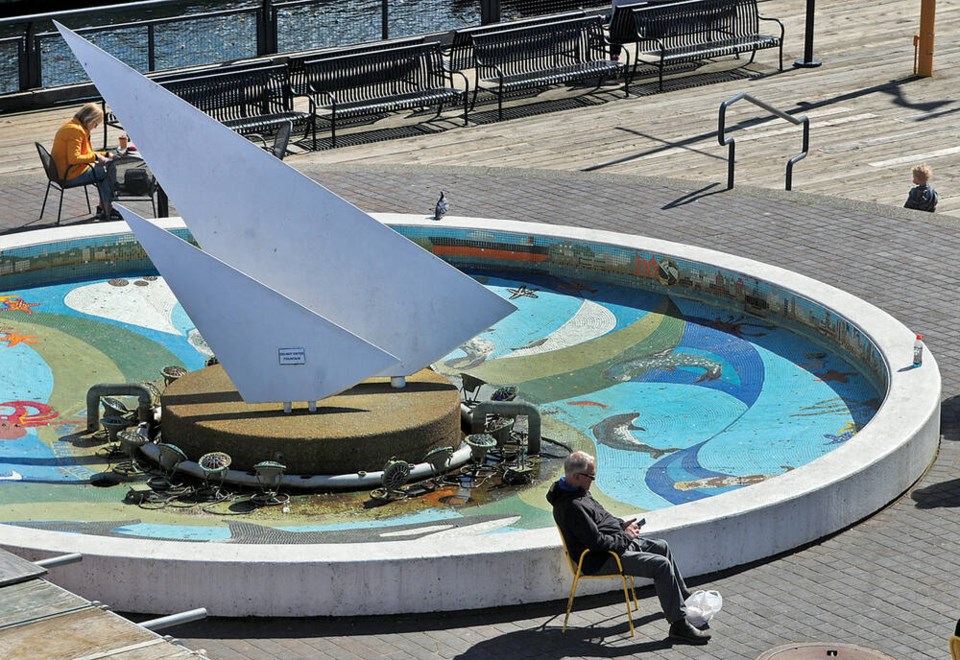
It broke down in 2020 and cost $300,000 to fix, now the only thing left to remember it by, is a round piece of asphalt used to patch the hole in the concrete.
At least it no longer blocks our view of the $225 million-dollar super yacht that is perpetually parked at the dock. It’s called Attessa 1V—I’m not sure what happened to one, two and three, but looks like it’s time for an upgrade. The Attessa 1V went up for sale earlier this year.
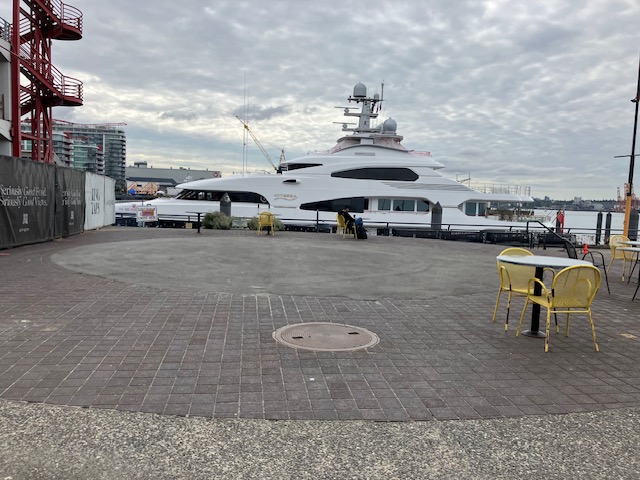
White Winds:
“White Winds” the fountain, was created in 1985 by Gerald Gladstone. The metal sculptures in the centre represented sails in a nod to the boats in Burrard Inlet.
No sails on this super yacht but it does come with a helicopter.
The 100-metre-long yacht is owned by US billionaire Dennis Washington, who also owns Seaspan which owns Vancouver Shipyards, Vancouver Drydock and Victoria Shipyards, and presumably why his yacht is parked by our former fountain.
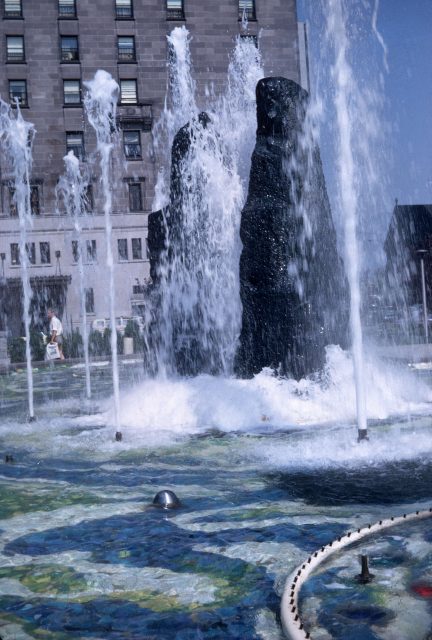
Centennial Fountain:
Speaking of fountains. The Centennial Fountain, which was built outside the Vancouver Art Gallery in 1983, developed a leak in 2013 and was gone a year later. Now there’s nothing to get in the way of the protestors, just a sterile looking plaza.
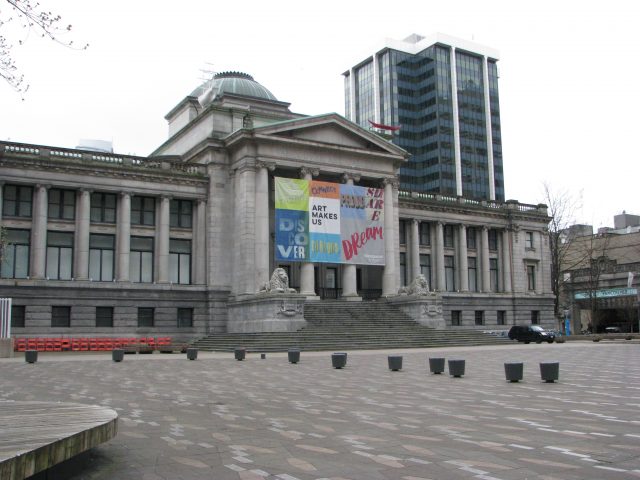
Lost Lagoon Fountain:
We still have the Lost Lagoon fountain; it just doesn’t work. In 2016, the Parks Board put out a Facebook post: “Due to an unfortunate flood in the electrical chamber the fountain is now inoperable until renovations are complete. The fountain is currently undergoing mechanical upgrades. Hope to have it ready by this time in 2017!”
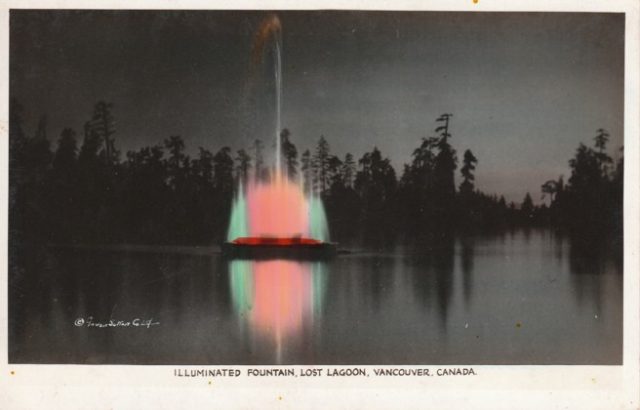
Nope, didn’t happen. According to a Daily Hive story last December, the price tag to get it up and running and delighting residents and tourists alike is an inexplicable $7 million dollars.
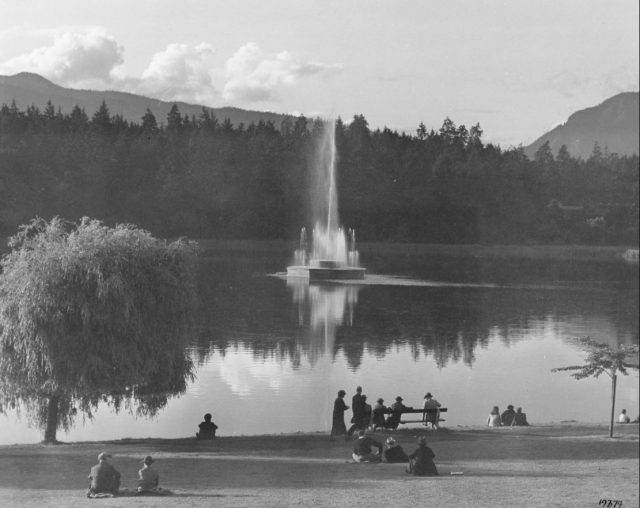
But enough about fountains, it’s not like you can swim in one. If you want an outside swimming experience, you can always go to Kits pool. Oh wait, no you can’t, it’s broken as well. The good news is that Mayor Sim says it will be fixed by August 7. Maybe.
Related:
- Our Missing Heritage: The Centennial Fountain
- The Real Story Behind the Lost Lagoon Fountain
- The North Shore’s Spirit Trail: Lonsdale Quay
- Missing Heritage
© All rights reserved. Unless otherwise indicated, all blog content copyright Eve Lazarus.



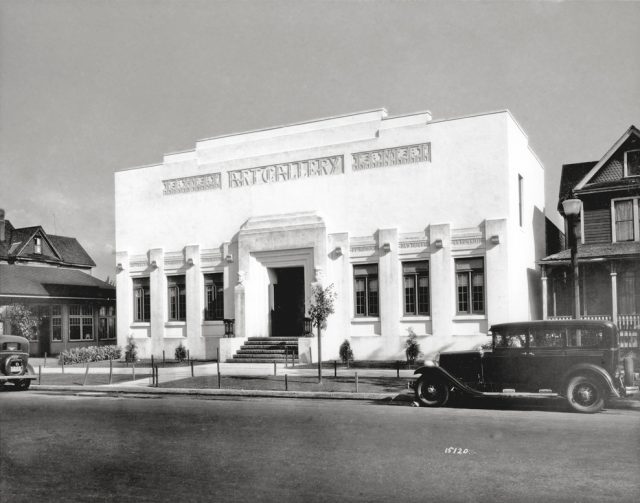
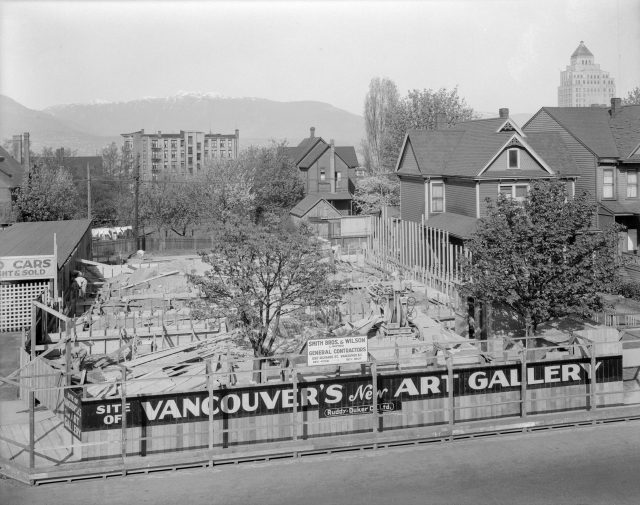

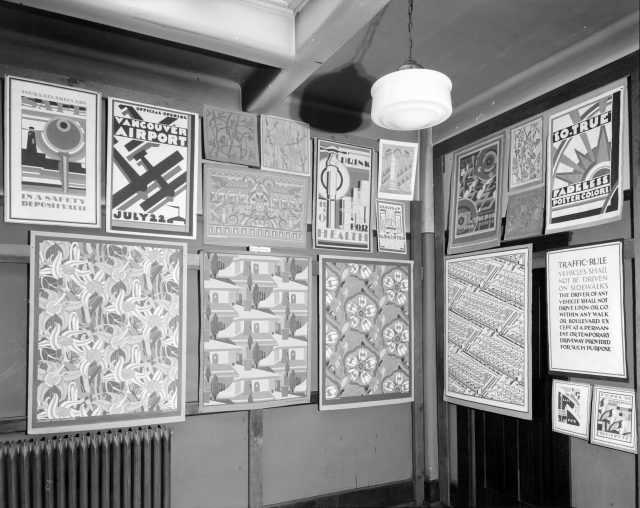
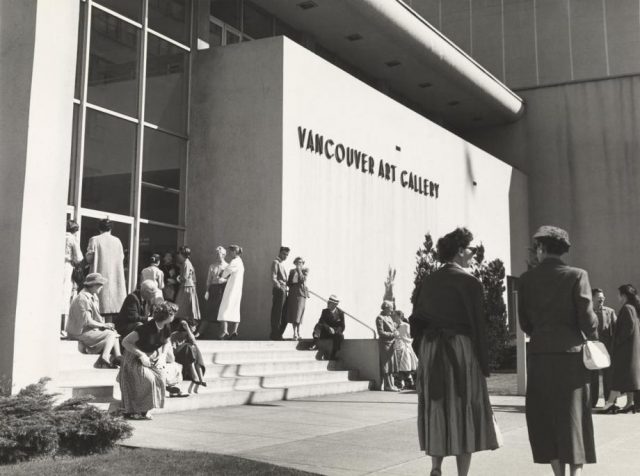
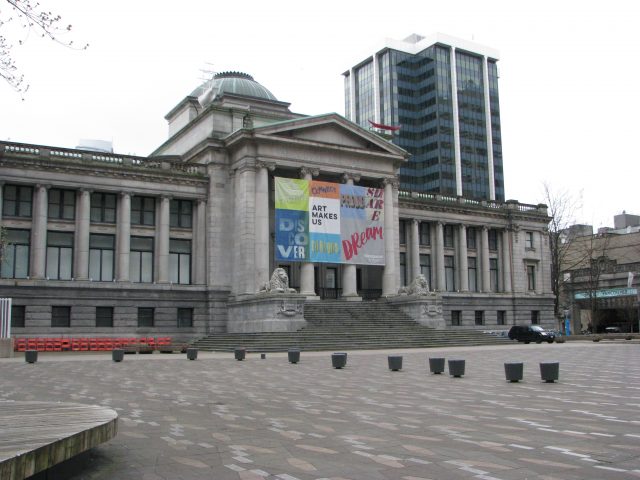


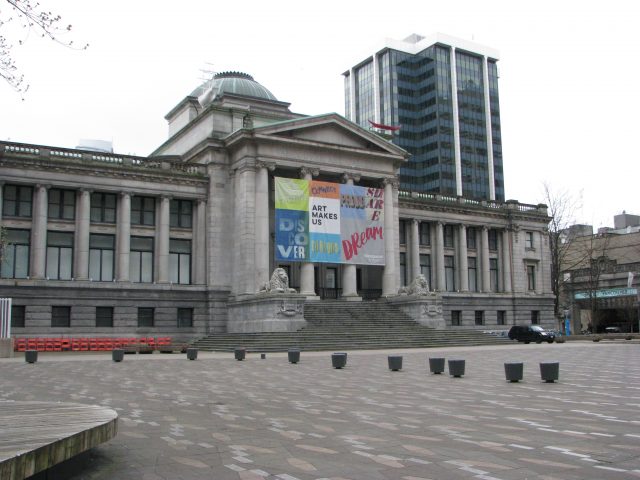
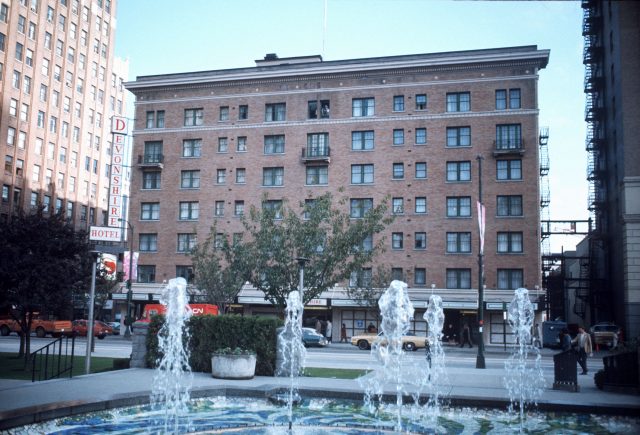
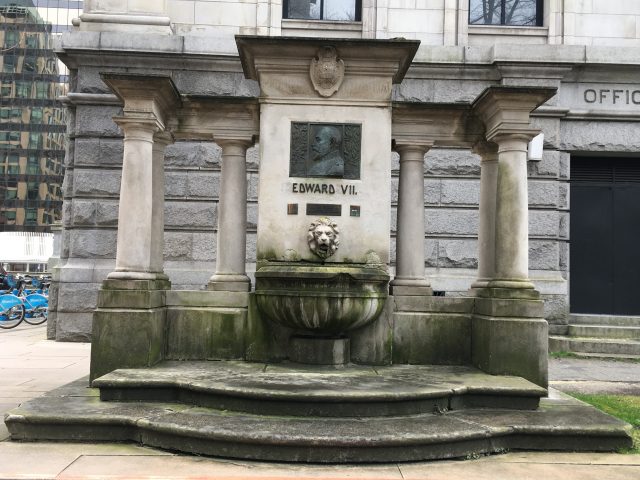
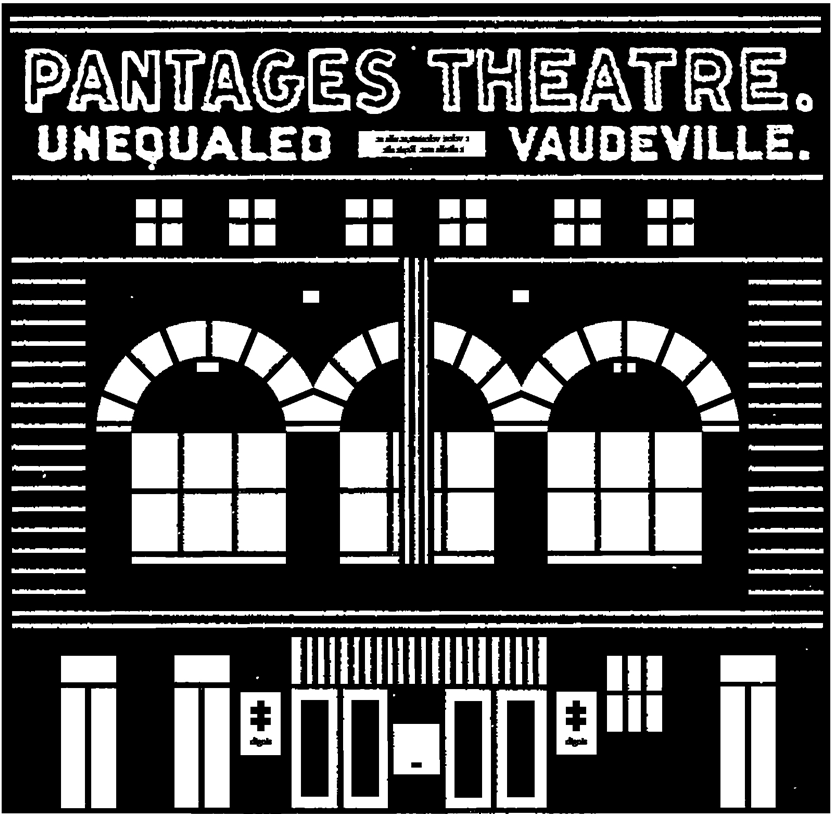
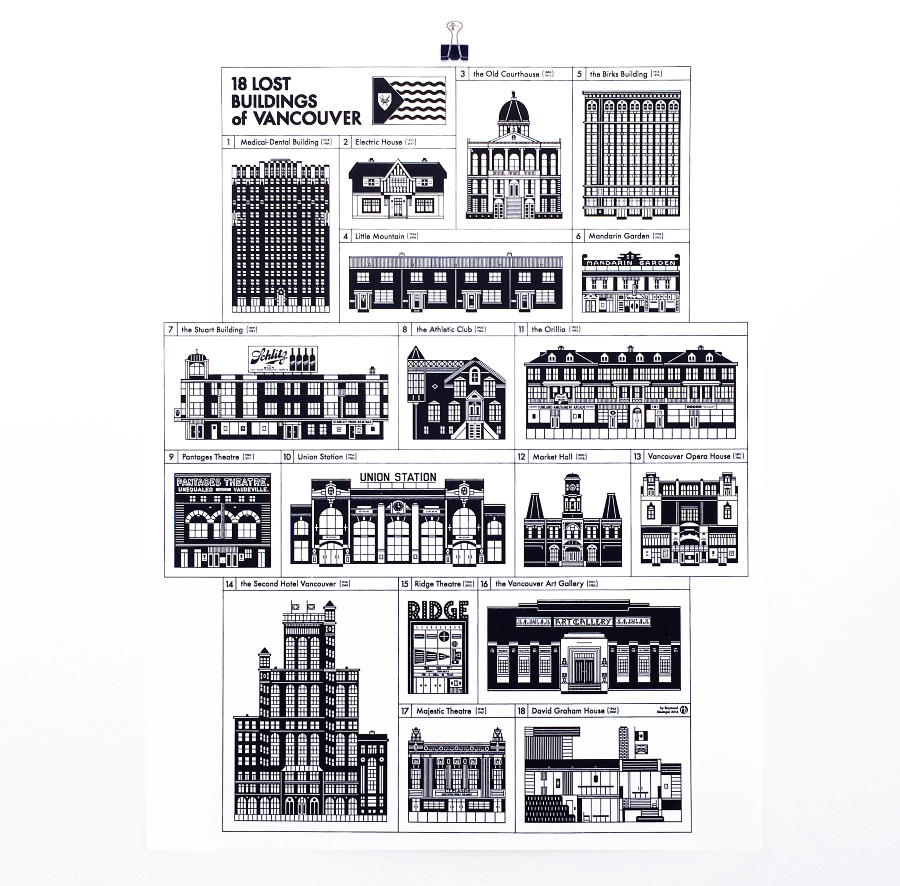
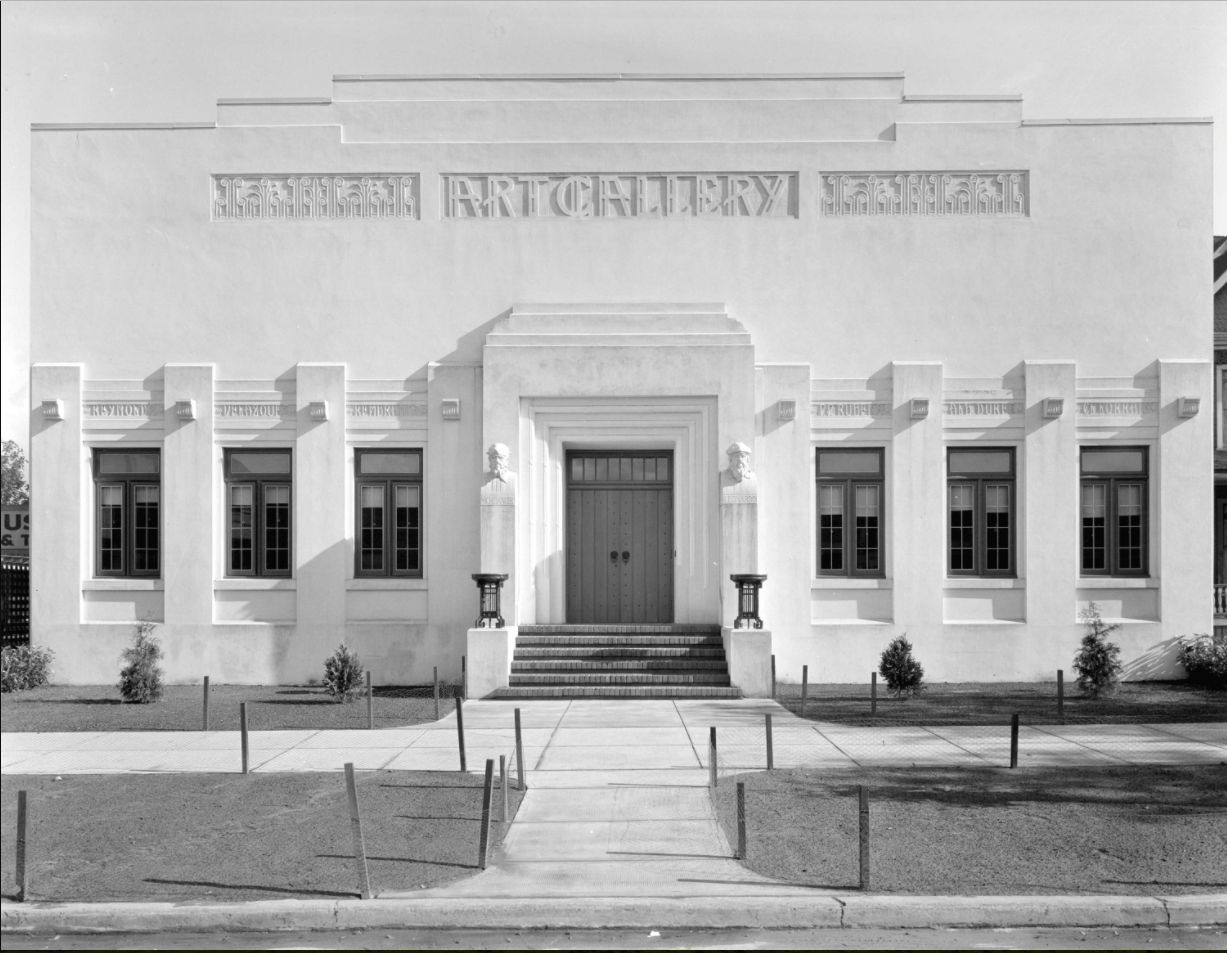
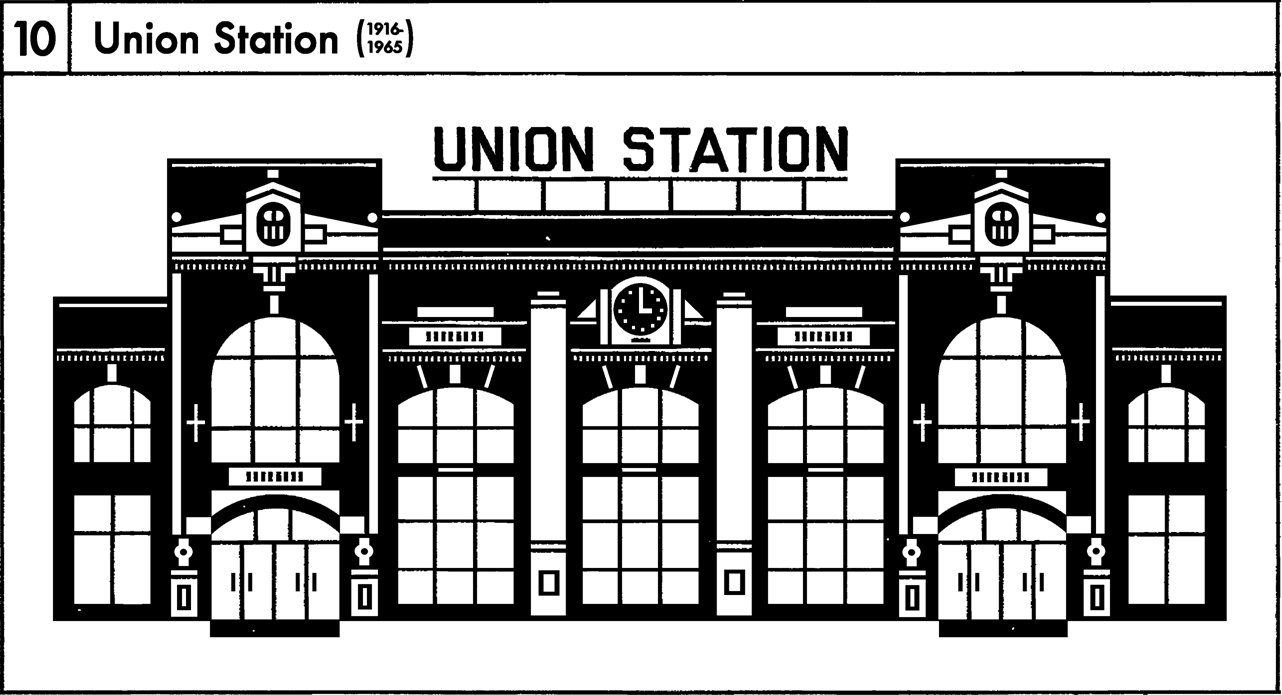

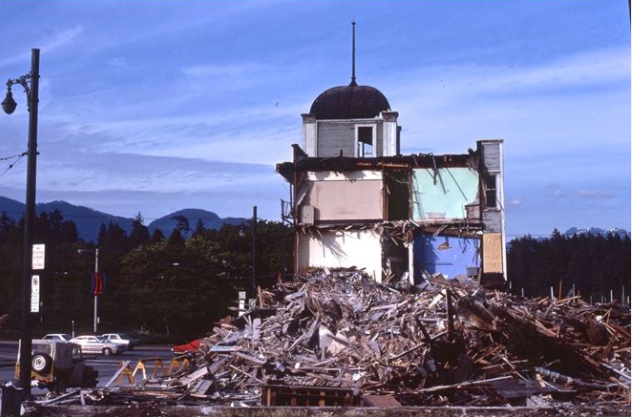
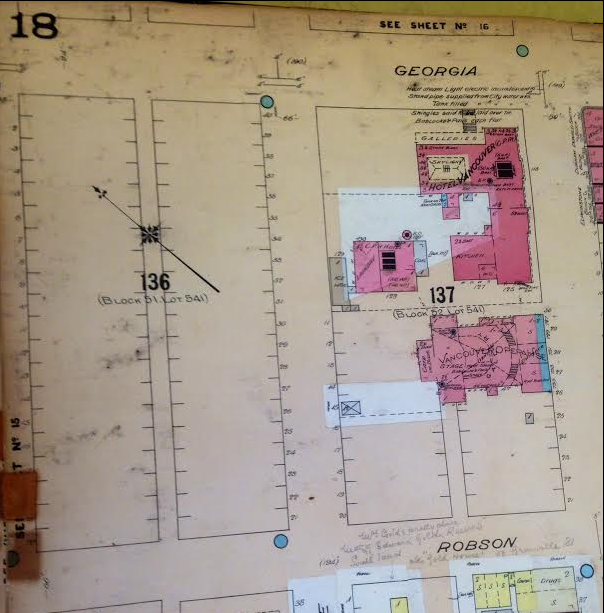
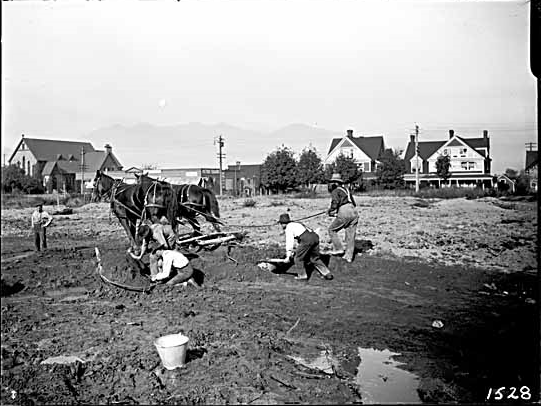
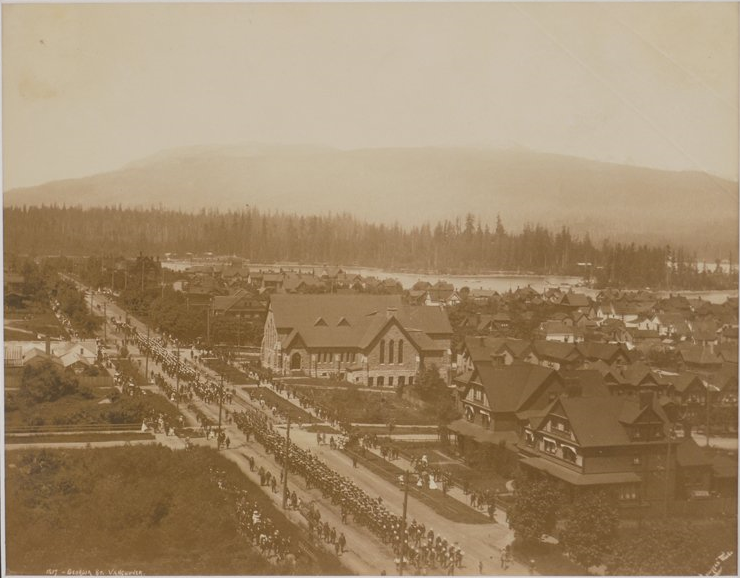
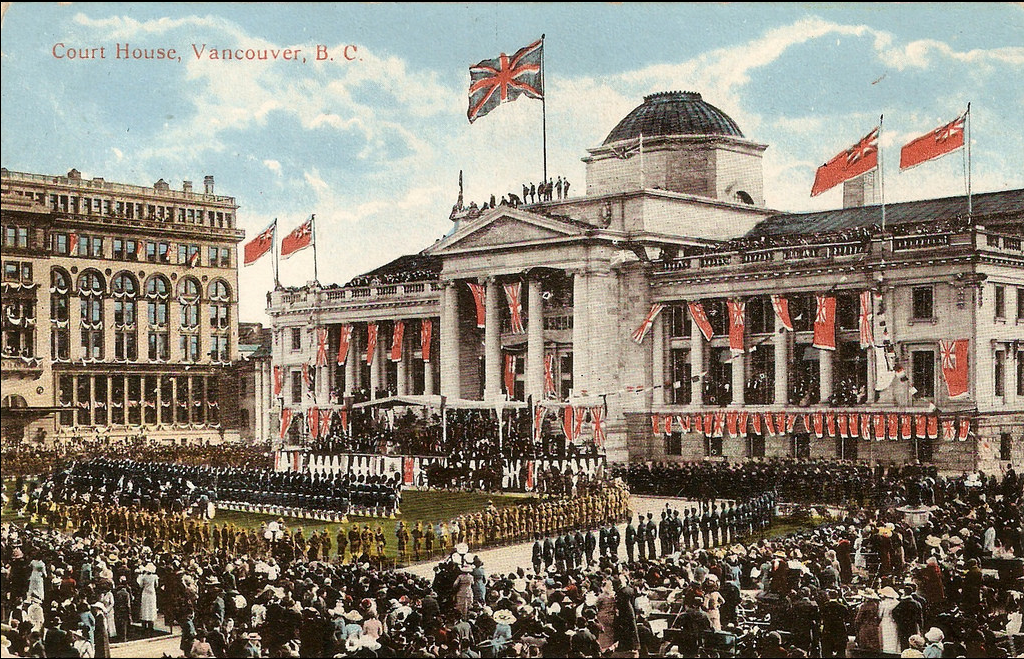
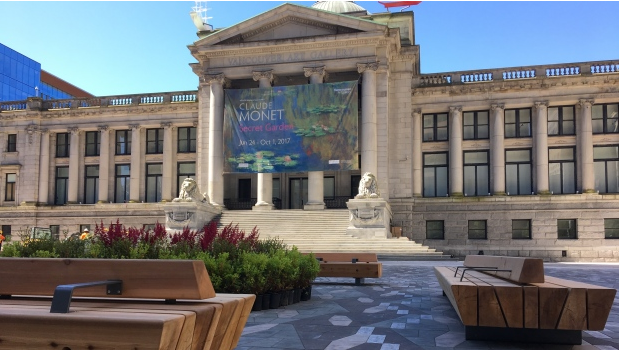 Currently, the new $9.6 million dollar plaza at the VAG showcases a very European Monet poster. I would have preferred to see the invocation Jensen wrote about that site:
Currently, the new $9.6 million dollar plaza at the VAG showcases a very European Monet poster. I would have preferred to see the invocation Jensen wrote about that site: